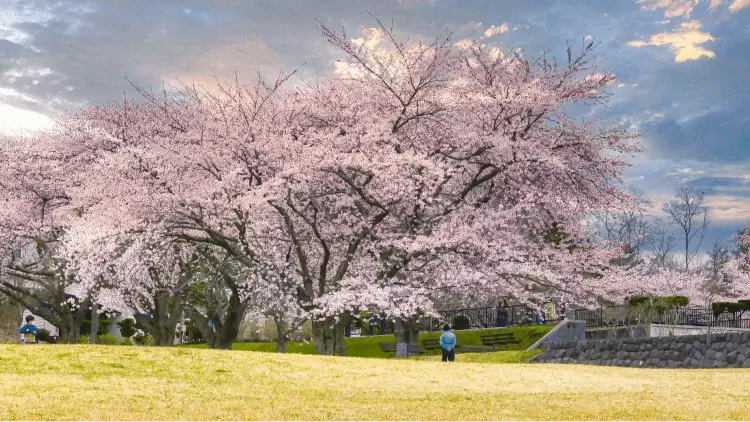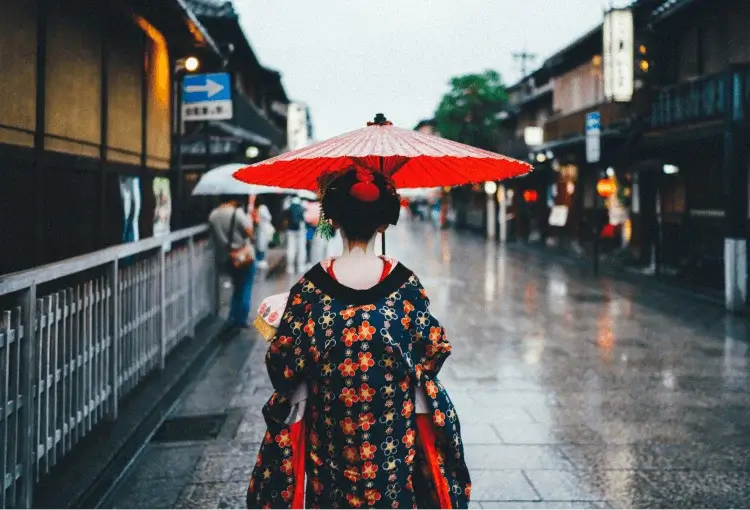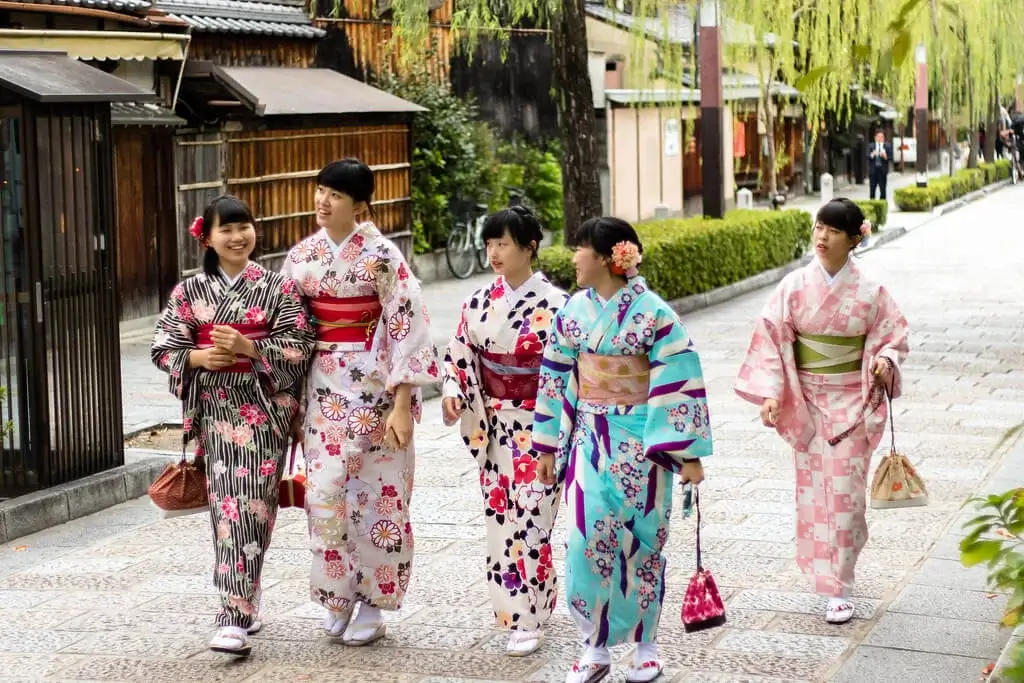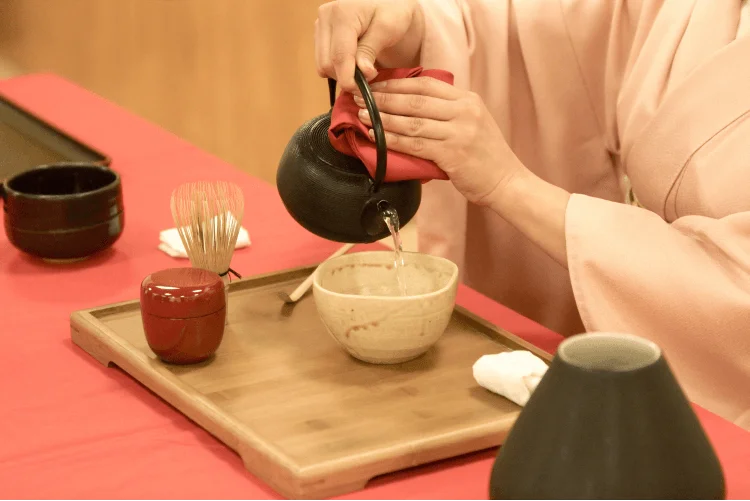What to wear in Japan?
Knowing what to pack is crucial, as Japan's varied climates through the seasons can greatly affect your comfort and style. From vibrant festivals to tranquil temple visits, the right attire can enhance every aspect of your journey.
Along with packing essentials, don’t forget to bring your iRoamly Japan travel eSIM to stay connected throughout your trip, whether you're navigating cities or sharing experiences with loved ones online.
Now, let's dive into the best clothing choices for each season!
Spring (March to May)

Climate: In spring you have calming temperatures between 10-20°C, and warm, refreshing winds. The cherry blossoms are out to make beautiful scenery.
What to wear, daily: Layering is key for Tokyo spring. A base layer need only be a cotton tee. After that, a long-sleeve shirt can be added for warmth, then a light, waterproof jacket to keep the odd spring shower off.
Comfortable, fashionable sneakers are ideal for days walking through the city or parks.
What to wear, events: If you’re going to go to a cherry blossom festival, or Hanami, a light, casual kimono can be a great way to experience the culture of the event while still being able to party in the great outdoors.
Summer (June to August)

Climate: Summers in Japan can be both hot and humid, with temperatures often exceeding 30°C, punctuated by periodic rainy days.
What to wear, daily: Natural fibers such as linen and bamboo are your best friends when it comes to staying cool in Kyoto. Light, flowing clothing is ideal, and don’t forget a broad-brimmed hat and UV-protecting sunglasses to shield yourself from the sun. An easily carried raincoat or compact umbrella can also be a lifesaver in the event of a sudden downpour.
What to wear, events: Summer festivals are the main opportunity to wear yukata, colorful, lightweight kimonos that are perfect for the season. Wooden clogs called geta are the traditional footwear to pair them with.
Autumn (September to November)

Climate: Much cooler, moving from highs of 20°C at the start of the season to below 10°C as winter draws near. The leaves begin to turn, making for some stunning displays.
What to wear, daily: Layers are a good idea, with temperatures varying. A soft, long-sleeved shirt, warm sweater, and windproof jacket is a safe bet. Comfortable boots or shoes are also ideal for days spent travelling around.
What to wear, events: Autumn offers cultural festivals, providing the perfect chance to wear more somber, earthy kimonos that match the season.
Winter (December to February)

Climate: Winter in Japan can be brutal, particularly further north in Hokkaido where temperatures can drop below freezing. However, in the south it is merely chilly.
What to wear, daily: Layering is key to stave off the chill, yet be able to regulate your temperature if you go inside. Start with thermal underwear, build with fleece or wool layers, pack on an insulated, heavy coat. Waterproof boots with insulation are vital for walking through snow or ice.
What to wear, events: Winter festivals such as the Sapporo Snow Festival make winter coats a must. Try an elegant kimono worn over thermals for formal settings.
What No to Wear in Japan
Unsuitable Attire: Japan has a modern but still somewhat conservative society, and you won’t want to show up at temples or other places in sloppy or overly casual clothing. Also, while revealing clothing is frowned upon in general, impractical footwear can be even worse – you’ll have to take off your shoes to enter homes or many traditional dining spots.
Outfits for Travel Length: As a general rule, try to have one or two complete outfits for each day of your trip, plus one bonus set, for any unforeseen changes in plans or unexpected occasions. It will make packing easier, and ensure you’re prepared for anything.
Daily Plans: Consider your activities – if you’re seeing the sights in the city, layers that can be added or removed work well. Hiking or trips to rural areas demand more sturdy, weather-appropriate clothing.
Special Occasions: Any high-end meals at restaurants, or events like geisha entertainment, a tea ceremony or similar will require more formal attire – neat, presentable and practical are key for taking part in such events respectfully (and while remaining comfortable).

Also, don’t forget you might need room for souvenirs or cool local items. Leave space in your luggage, or pack a foldable bag to stash extras you pick up along the way.
Conclusion
Dressing for the seasons in Japan doesn’t just keep you comfortable, but is a nod to, and a part of, the culture. With these tips in mind you can make the most of your time in Japan, remaining comfortable, respectful, and stylish wherever your travels take you.
